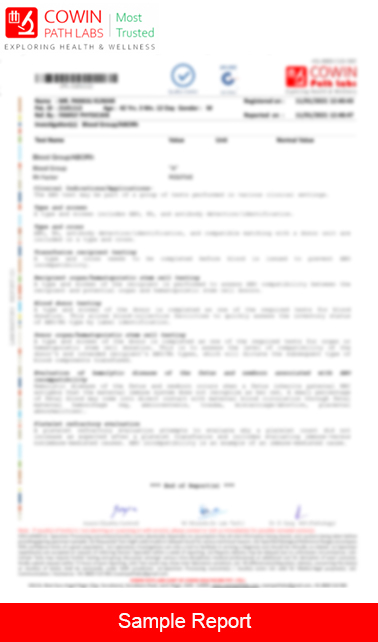- Patient/Guest
- Phlebotomist
- Updates
| Stool pH Exam | - |
|---|
|
Measure stool pH and reducing substances |
||
| Synonym | See updates | |
| Test Code | CDCPR0007 | |
| Test Type | Clinical Pathology | |
| Pre-Test Condition | See updates | |
| Report Availability | 2 D(s) | |
| # Test(s) | Multiple | |
| Test details | Sample Report |
|---|---|
| Stool pH Exam |

|
| Synonym | See updates | ||
| Test Code | CDCPR0007 | ||
| Test Category | Gastrointestinal disorders | ||
| Pre-Test Condition | See updates | ||
| |
Medical History | See updates | |
| Report Availability | 2 D(s) | ||
| Specimen/Sample | Stool; 5 g; St Cont | ||
| Stability @21-26 deg. C | 6 Hr(s) | ||
| Stability @ 2-8 deg. C | 24 Hr(s) | ||
| Stability @ Frozen | NA | ||
| # Test(s) | Multiple | ||
| Processing Method | Chemical Analysis | ||
| **Stool Examination PH and Reducing Substances****FDA Status**: Standard laboratory procedure under CLIA; no specific FDA approval required.**Other Names**: Stool pH Test, Stool Reducing Sugars Test.**Historical Breakthrough**: Developed in the 1960s to diagnose malabsorption, advancing gastroenterology.**Key Purpose and Impact**: Measures stool pH and reducing substances to diagnose carbohydrate malabsorption or lactose intolerance.**Preparation and Patient History**: Stool sample; report diarrhea, bloating, or dietary history.**Consent Requirement**: Standard consent for non-invasive sample collection.**Clinical Value**: Sensitivity ~85%; specificity ~90%; detects malabsorption in ~50% of cases; guides dietary management.**References Cited**: Testing.com Gastrointestinal Tests 2023; Labcorp Stool pH Test 2025; UpToDate Malabsorption 2025 |
